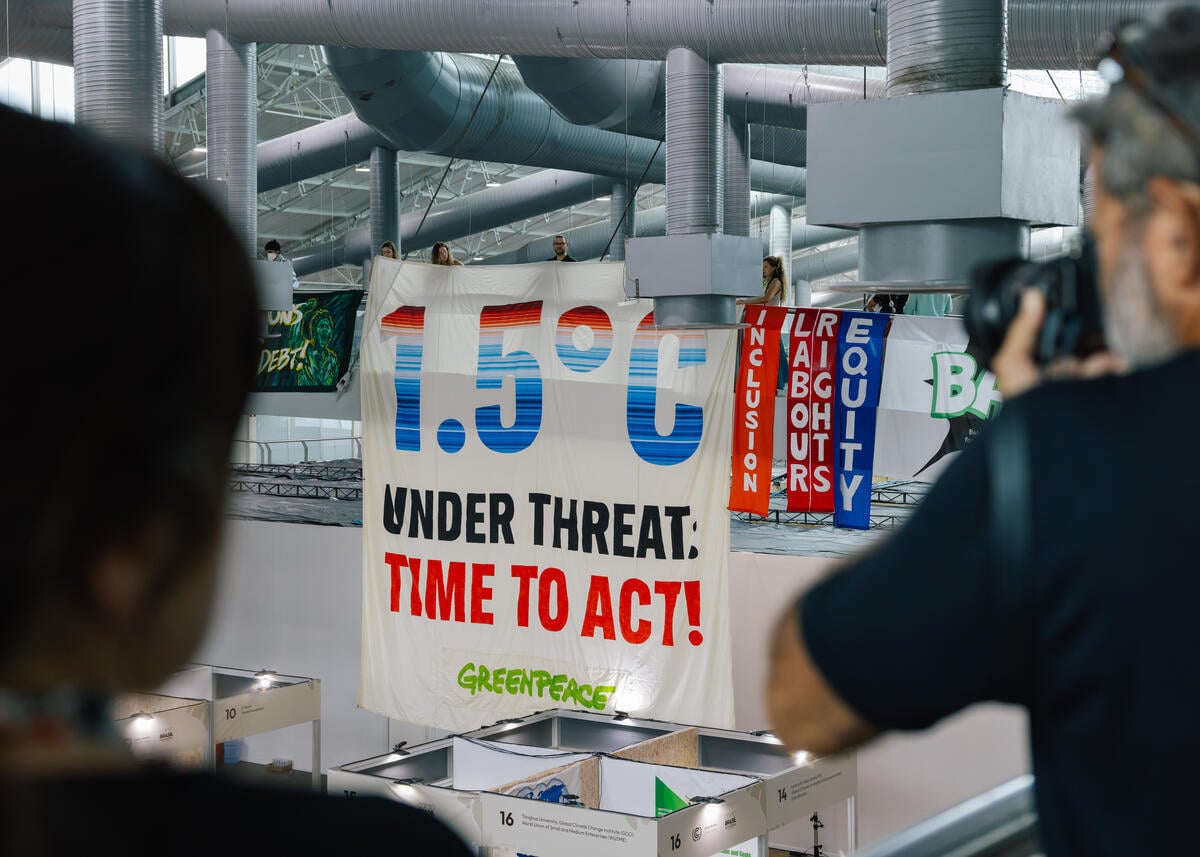Lifestyle sustainability is now part of the daily reality, and the changes have affected almost all spheres of life, including senior care. As the world changes, embracing environmental conservation, senior living homes have embraced green practices both in constructions and service delivery.
Due to the rising number of the elderly people and the need for increased and effectively efficient senior living facilities, it may be an advantage to lay much emphasis on these measures for gained efficiency entails not only the existing environment but also residents and the shielded senior care facilities and even the quality of the services rendered.
Read this interesting piece to understand how senior care homes boost sustainability and the outcome of this practice for people and the environment.
The Need for Sustainability in Senior Living Homes:
The idea of sustainability in senior living homes is not necessarily about saving the earth from the effects of pollutants; it is about developing a quality, comfortable, efficient space where elderly people will live their final days. It is well understood that the elderly are susceptible to suffer appalling health impacts from environmental pollutants, extreme weather conditions and even indoor air quality. Hence, green practices in senior living facilities are important if the seniors are to live healthy and comfortable lives.
Besides, it is projected that by 2050, the senior care homes population will double, the construction and operation of homes associated with senior care would require a lot of resources. It is possible to change the source of these industries and reduce waste, energy consumption and water use to make these facilities more environmentally friendly.
Sustainable Design in Senior Living Homes:
In essence, the architecture of the structure under which the senior care homes will be established forms the basis of sustainable development. Modern designs incorporate adopting green architecture when constructing these homes with an emphasis on energy use, resource usage and eco-friendly material.
Energy-efficient buildings:
The current type of senior care homes emphasises energy efficiency. Solar panels, energy-efficient lighting and high performance insulation systems are used to minimise the energy required for heating or cooling by the architect. The smart thermostats and other energy management systems added to it serve the purpose of optimising energy usage according to the requirements for each part of the building.
Water conservation:
More and more senior living homes are incorporating water-conserving equipment like low-flow toilets, faucets as well as showers. It is also widespread to find that many facilities install rainwater harvesting systems in order to cut back on dependence upon municipal water sources. Besides, xeriscaping, which is the utilisation of plants that require minimal water reduces water usage.
Sustainable materials:
Today, construction materials and furniture in senior care homes have more consideration by conscience in the environmental aspect. Very little waste material is taken from a dump to be used in construction, and where it is used, it has to pass through thorough recycling processes before being used, and where such materials cannot be recycled, it is taken from a local source which is environment friendly even where ventilation issues are addressed. For example, the use of biological and low-emission paints, carpets, and adhesives helps to enhance the quality of indoor air, as well as for the health of elderly people
Eco-friendly Operations and Services:
In addition to structure, modern management of exploited senior living spaces has also undergone changes in the direction of increasing sustainability. In the waste management trend, cleaning services, meal services and other general services to the elderly within the senior care homes are being carried out with very little adverse impact to the environment.
Waste reduction:
The most notable changes senior care homes are implementing include better ways of handling waste. Such recycling programs are turning out to be a norm and some facilities perhaps have even set programs for composting of organic substances. These movements help to improve the level of waste management and demonstrate the proper waste disposal practice of residents and staff members.
Sustainable dining:
Today many centres are purchasing food from the local farmers which is more advantageous in terms of food transport impact. Furthermore, more and more recipes related to plant-based meals are starting to appear as people acknowledge environmental goals along with the perks linked with plant-based diets when it comes to older people. Organic food as well as compartmentalised and seasonal food also plays a very important aspect in sustainability.
Energy-efficient operations:
Most senior living homes have continued to work towards minimising general energy usage through installation of energy friendly appliances and gadgets. This includes, for example, washing machines used in laundry services that are operated on water saving mode and energy saving dryers; refrigerators and cooking equipment that are energy efficient in the kitchen areas. These measures control facility costs and at the same time minimise the impact the facility has on the environment.
Green Spaces for Health and Well-being:
In the matters of sustainability in the senior care homes, measures of construction of such green areas are also quite beneficial as they have favorable impacts on the health of the dwellers. These spaces not only play the role of environmental sustainability but contribute to the Human Factor of the inhabitants of the administrative facilities.
Therapeutic gardens:
Most of the elderly living places have therapeutic gardens where elderly patients may perform lightweight gardening or they can just watch the natural environment. These gardens are most frequently planned with wheelchairs as seniors who have mobility impairment require to manoeuvre around. It has been documented that exposure to plants and green foliage lowers stress level, enhances mood and demotes blood pressure.
Rooftop gardens and green roofs:
In the senior care facilities where there may be scarce space for a physical outdoor environment, facilities such as rooftop gardens or green roofs have been incorporated. These areas provide the inhabitants with a good place to rest as well as enhance energy efficiency of the building. Part of heat gains and losses are minimised through the greens roofs while they also harvest rain water hence reducing on stormwater discharge.
Outdoor walking paths:
Some of the newer buildings have paved ways for walking which are made from recycled material, and this helps to enhance the area as well as the environment in general. These paths are usually accompanied by the use of native plants and wildlife friendly vegetation to enhance an environmentally friendly ambience.
Smart Technology for Sustainable Living:
Smart technology has also contributed to sustainability of the senior care homes. Technical lighting and climate control optimise energy consumption, lighting in corridors and in toilets turn on automatically and off when there is no movement sensed. Smart water systems minimise wastage while the programmable thermostat guarantees constant and appropriate temperatures without wastage of energy.
However, increased quality of life aspects of the senior residents is another advantage of smart technology in boosting sustainability. Smart speakers, fall prevention, and telemedicine allow elderly people to stay as long as possible without any care independently while the surroundings of the facility are environmentally friendly.
Community Involvement and Education:
An ideal sustainable senior care home is not only the structure with adapted designs and practices but also the people comprising the community emanating sustainable thoughts or actions. Some of these include independence in activities such as recycling, farming or conservation of energy within that particular facility.
Sustainability themes such as decreasing the usage of polyethylene terephthalate products, managing water usage and encouraging the promotion of environmentally friendly products enables seniors to apply what they have learnt in their day to day practices.
In addition, which brings sustainability efforts to life is- to involve the local community, senior care homes can set an example for change. Support to the local organisations that work for environmental causes or are involved in the city’s initiatives can improve the position of a facility as a leader in implementing environmental solutions.
A Future of Green Senior Care Homes:
Taking into account the general rising awareness concerning the effects of globalization on the environment, the idea of sustainable senior care homes will continue to develop. These extensions besides giving the elderly citizens compassionate and excellent health care also prove that it is possible to give comfort with technological support in an environmentally friendly manner.
Starting from building structures and their functionality to the landscaping and use of innovative technology senior living homes are being developed to be beacons to the future of green senior care. By embracing sustainability, senior care homes are not just protecting the planet; they are creating healthier, more vibrant communities for their residents—communities that foster well-being, independence, and a deep connection to the environment.
Source link
Guest Post bamboodu.com



